
We talked about story tropes last month, but I’d like to address literary and character tropes.
Literary tropes include tools, such as irony, allegory, metaphor, and metonym. These tools are utilized to elevate one’s writing. Metaphors occur quite often in fiction as a means of enriching a commonplace situation. They can help the reader see things in a new light and help the writer succeed in showing, not telling.
A Character trope is another type of trope. Certain character tropes allow the writer to build characters more easily because of the intrinsic expectations of the reader for that type character. We often hear people referring to a trope as a cliché. However, just because a trope has been used often does not make it a cliché. A cliché occurs when a trope is used poorly. In other words, the writer makes no effort to round out their character with his/her own unique characteristics, but rather displays a 2D version of a known trope.
Character tropes can be rounded out by having your character, who may be identified by a specific trope, be portrayed with an unexpected gender or race or displaying quirky passions usually not related to that character trope.
There are certain of these that are considered best left alone unless the effort is made to round out the character. Examples are the action hero, the hostile boss, damsel in distress, the woman looking for love. You get the idea. With these character tropes, it is so easy to fall into the expected format, which can leave a story flat.
Tropes are often mistakenly called Archetypes. The difference between an archetype and a trope is the difference between a role and a personality. Roles can utilize many personalities, whereas a trope is a personality. A good trope is a personality which has been rounded out to give it uniqueness.
An archetype is the “original pattern from which copies are made.” There are many archetypes from which character tropes are formed: the ally, the sidekick, the hero, the mentor, the nemesis, to name a few. Looking at these examples, it is easy to see how creating unique personalities to align with these roles, these archetypes, definitely enhances a story.
As a reader, the characters you encounter in books may seem familiar to you sometimes, but it is not always the fault of poorly-used tropes. The one thing which provides a commonality across most characters and readers is emotion. No matter who we are, we each possess similar emotions. We don’t necessarily all express them in the same way, which is a result of our unique personalities. However, I know I have encountered a number of characters with whom I totally resonated. The writers were not lax in rounding out their characters. I resonated because I could relate to their attitudes, their emotional responses to situations. Some characters I enjoy, but their personalities are worlds apart from mine. This also can play a role in why a certain book appeals to some and not to others.
Are you open to allowing a story to develop the characters or do you assume it’s the same old same old?
Literary tropes include tools, such as irony, allegory, metaphor, and metonym. These tools are utilized to elevate one’s writing. Metaphors occur quite often in fiction as a means of enriching a commonplace situation. They can help the reader see things in a new light and help the writer succeed in showing, not telling.
A Character trope is another type of trope. Certain character tropes allow the writer to build characters more easily because of the intrinsic expectations of the reader for that type character. We often hear people referring to a trope as a cliché. However, just because a trope has been used often does not make it a cliché. A cliché occurs when a trope is used poorly. In other words, the writer makes no effort to round out their character with his/her own unique characteristics, but rather displays a 2D version of a known trope.
Character tropes can be rounded out by having your character, who may be identified by a specific trope, be portrayed with an unexpected gender or race or displaying quirky passions usually not related to that character trope.
There are certain of these that are considered best left alone unless the effort is made to round out the character. Examples are the action hero, the hostile boss, damsel in distress, the woman looking for love. You get the idea. With these character tropes, it is so easy to fall into the expected format, which can leave a story flat.
Tropes are often mistakenly called Archetypes. The difference between an archetype and a trope is the difference between a role and a personality. Roles can utilize many personalities, whereas a trope is a personality. A good trope is a personality which has been rounded out to give it uniqueness.
An archetype is the “original pattern from which copies are made.” There are many archetypes from which character tropes are formed: the ally, the sidekick, the hero, the mentor, the nemesis, to name a few. Looking at these examples, it is easy to see how creating unique personalities to align with these roles, these archetypes, definitely enhances a story.
As a reader, the characters you encounter in books may seem familiar to you sometimes, but it is not always the fault of poorly-used tropes. The one thing which provides a commonality across most characters and readers is emotion. No matter who we are, we each possess similar emotions. We don’t necessarily all express them in the same way, which is a result of our unique personalities. However, I know I have encountered a number of characters with whom I totally resonated. The writers were not lax in rounding out their characters. I resonated because I could relate to their attitudes, their emotional responses to situations. Some characters I enjoy, but their personalities are worlds apart from mine. This also can play a role in why a certain book appeals to some and not to others.
Are you open to allowing a story to develop the characters or do you assume it’s the same old same old?
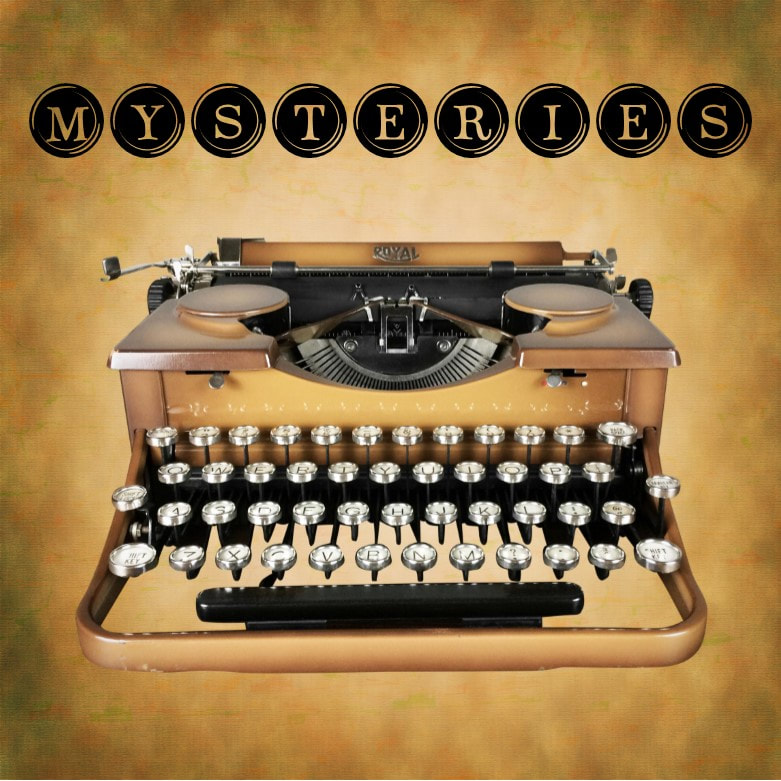

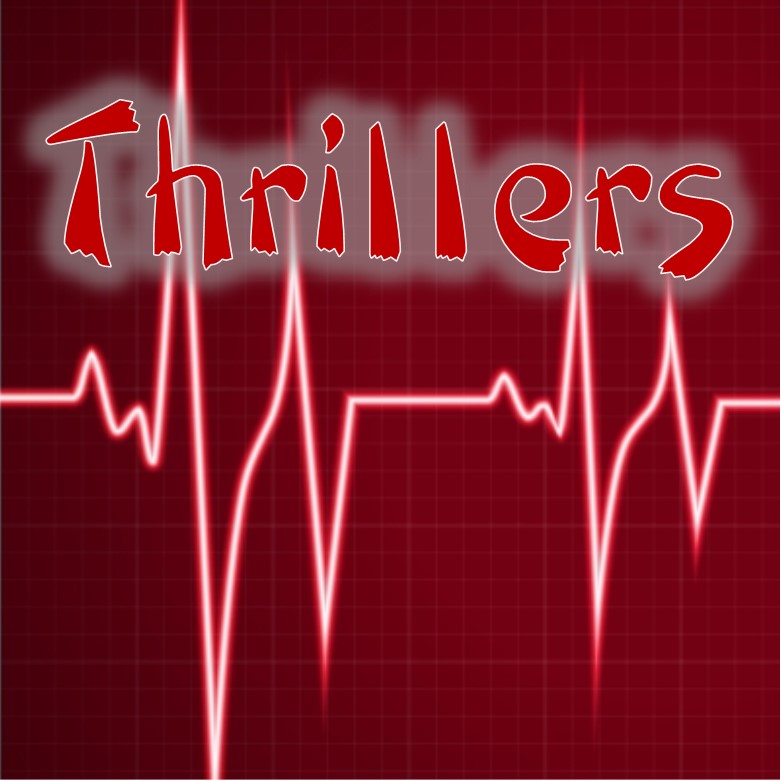
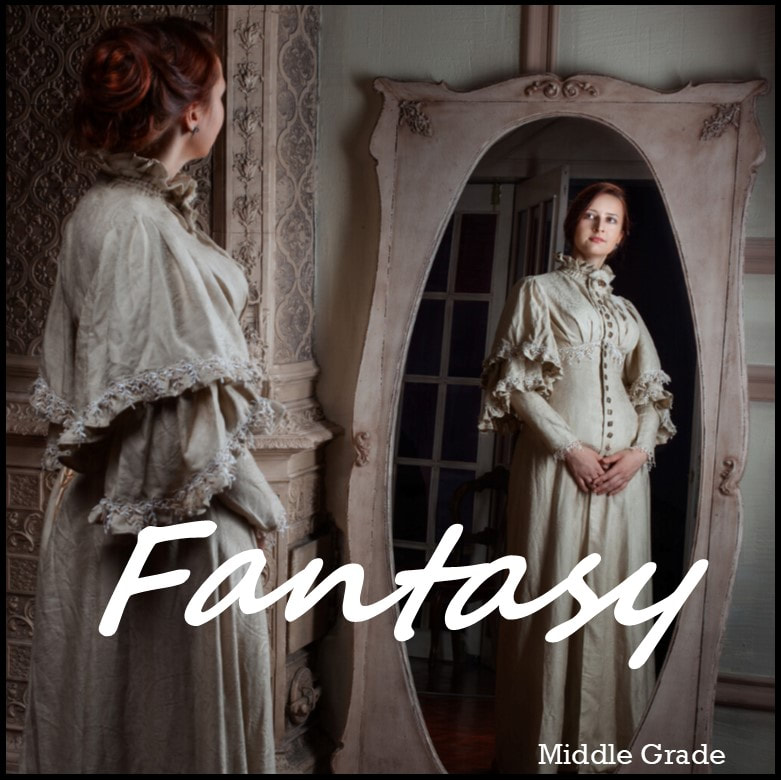

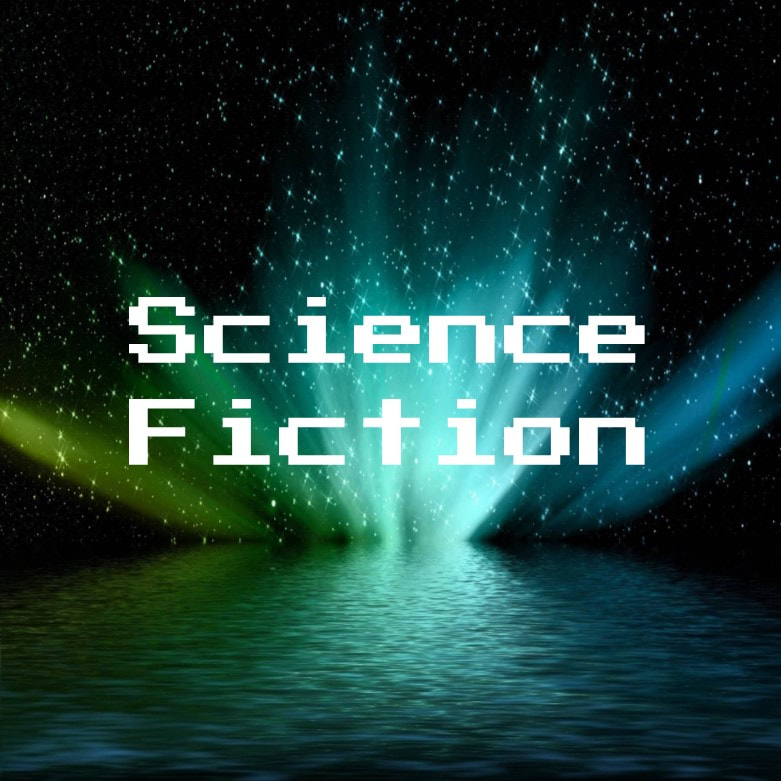
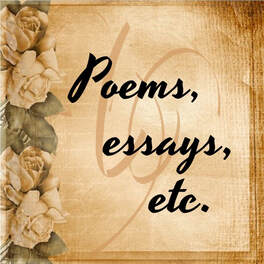


 RSS Feed
RSS Feed